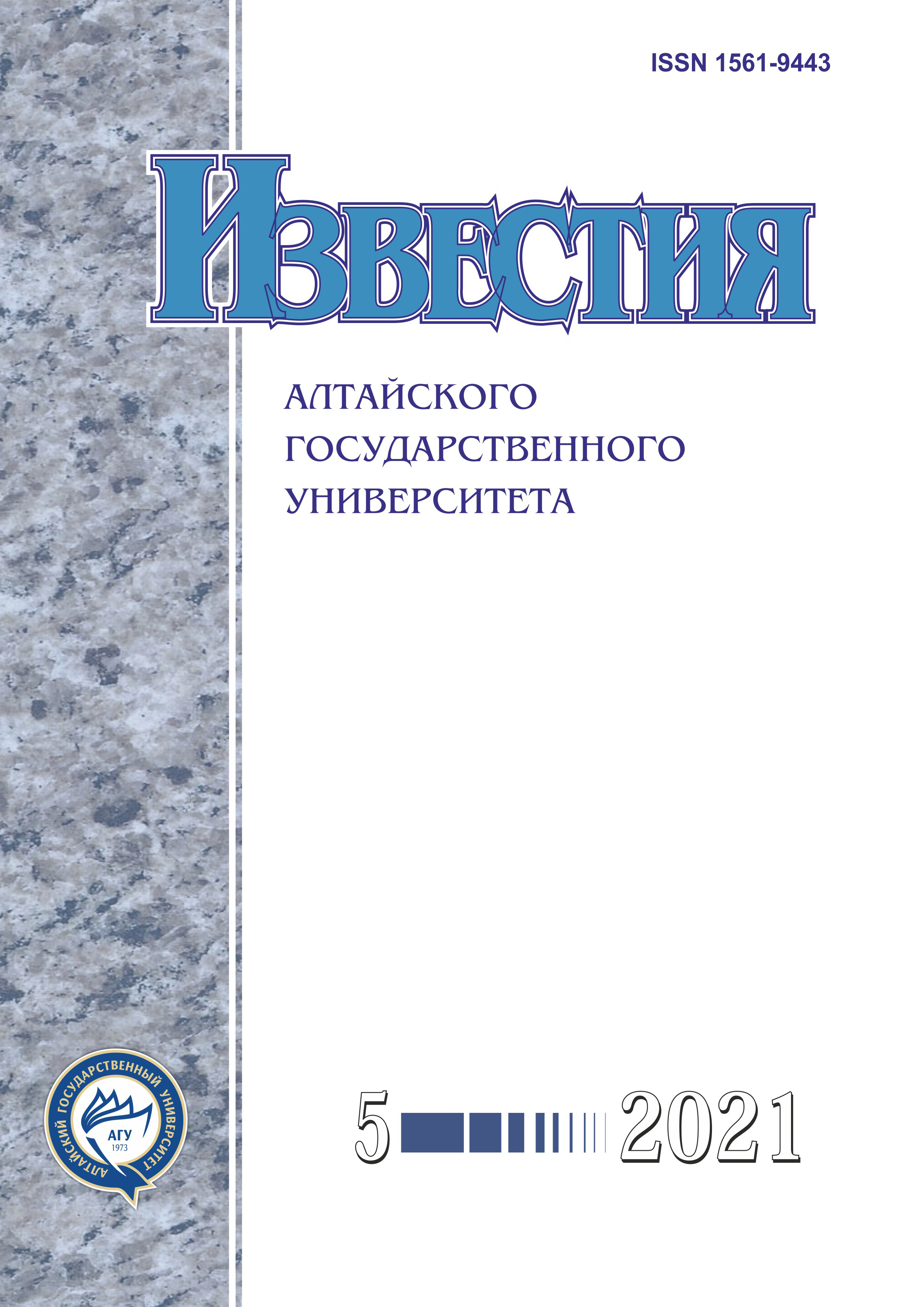The “Vendee” of the Russian Revolution of 1905-1907? The Western Provinces and the Black Hundreds
УДК 94(47).083 ББК 63.3(2)532
Abstract
The western French department of the Vendee has acquired a certain regional identity in the politics of historical memory not only of the French Revolution but also of the Russian Revolution of 1917-1922. The royalist rebellion of the Vendee peasants between 1793-1796 has become a synonym for a region of mass lower-class counter-revolution. Not surprisingly, both supporters and opponents of the Bolsheviks tried to find parallels with the French Revolution to explain the massiveness of anti-Bolshevik opposition in certain regions of the former Russian Empire. Often both Reds and Whites called the Cossack lands, especially the Don, the Vendee of the Russian Revolution. However, it is impossible to place an equal sign between the Vendee peasants, fighting for king and church, and anti-Bolshevik Cossacks and peasants because the Cossacks and peasants were not fighting for the restoration of the monarchy. One can find a Russian equivalent to the Vendee regional concept of mass counter-revolution in the nine western provinces of the Russian Empire in the Revolution of 1905-1907. These provinces, along with six other provinces, comprised the Jewish Pale of Settlement and became bastions of the Union of the Russian People and other Black Hundred organizations. Unlike the interior Russian regions, the western provinces were multiethnic and multireligious. The western provinces had mass protest movements and outbreaks of terrorism where ethnic, religious and social factors intersected. The amorphous populist Black Hundred ideology could attract mass support in the western provinces from all those seeing themselves as victims of all different variations of exploitation and injustices from the hands of different establishments.
Downloads
Metrics
References
Sutherland D.M.G. The French Revolution and Empire: the Quest for a Civic Order. Malden, MA; Oxford, 2003.
Secher R. A French Genocide: the Vendée. Notre Dame IN: University of Notre Dame Press, 2003. Перевод с французского. Secher, Reynald. Le génocide francofrançais: la Vendée-Vengé. 4. éd. Paris: Presses universitaires de France, 1992.
Есина Ю.Г. Регион Вандея как концепт культуры // Вестник Московского университета. Сер. 19. Лингвистика и межкультурная коммуникация. 2010. №2.
Pale of Settlement. The YIVO Encyclopedia of Jews in Eastern Europe. URL: https://yivoencyclopedia.org/article. aspx/Pale_of_Settlement#id0eqg.
Степанов С.А. Черная сотня. Что они сделали для величия России. М., 2013.
Рокки Т. Российское черносотенство и его место в прошлом и настоящем европейских популистских партий и движений: Опыт по компаративистике // Тетради по консерватизму. №1. Февраль 2020. URL: http:// essaysonconservatism.ru/1-2020.
Wolfe B.D. Three Who Made a Revolution. Rev. ed. N.Y., 1964.
Егоров А.Н. Отечественная историография Первой российской революции 1905-1907 // Россия в 1905-1907 гг.: энциклопедия. М., 2016.
Гольцев В. Сибирская Вандея. Судьба атамана Анненкова. М., 2009.
Калинин И.М. Русская Вандея. Краснодар, 2010.
Матвеев В.А. Националистическая вандея и проявления устойчивости российской интеграции на Северном Кавказе в кризисных условиях 1917-1921 гг. : монография. Ростов-на-Дону, 2016.
Шешуков А.Г. Тобольская прелюдия: вандея по-русски. Тюмень, 2009.
Шишкин В.И. Сибирская вандея: вооруженное сопротивление коммунистическому режиму в 1920 году. Новосибирск, 1997.
Катцер Н. Белый миф: Русский антибольшевизм в послевоенной Европе // Война во время мира: военизированные конфликты после Первой мировой войны 1917-1923. М., 2014.
Первая всеобщая перепись населения Российской империи 1897 г. Распределение населения по вероисповеданиям и регионам. URL: http://www.demoscope.ru/ weekly/ssp/rus_rel_97.php.
Kolarz W. Religion in the Soviet Union. L.; N.Y., 1961.
Первая всеобщая перепись населения Российской Империи 1897 г. Распределение населения по родному языку, губерниям и областям. URL: http://www.demoscope. ru/weekly/ssp/rus_lan_97.php?reg=61
Pulzer PG.J. The Rise of Political Anti-Semitism in Germany and Austria. Revised edition. Cambridge, MA, 1988.
Омельянчук И. В. Социальный состав черносотенных партий в начале ХХ века. Отечественная история. 2004. №2. URL: http://vivovoco.astronet.ru/VV/JOURNAL/ RUHIST/BLACK.HTM
Левицкий. В. Правые партии. Общественное движение в России в начале ХХ века. Т. III, кн. 5. Партии: их состав, развитие и проявление в массовом движении, на выборах и в Думе. СПб., 1914.
Ruud Ch.A., Stepanov S.A. Fontanka 16: the Tsar’s Secret Police. Montreal, 1999.
Rogger H. Was There a Russian Fascism? The Union of Russian People // The Journal of Modern History. Vol. 36. No. 4 (Dec. 1964).
Daly J.W. Autocracy under Siege: Security Police and Opposition in Russia, 1866-1905. DeKalb, IL, 1998.
Copyright (c) 2021 Тони Рокки

This work is licensed under a Creative Commons Attribution 4.0 International License.
Izvestiya of Altai State University is a golden publisher, as we allow self-archiving, but most importantly we are fully transparent about your rights.
Authors may present and discuss their findings ahead of publication: at biological or scientific conferences, on preprint servers, in public databases, and in blogs, wikis, tweets, and other informal communication channels.
Izvestiya of Altai State University allows authors to deposit manuscripts (currently under review or those for intended submission to Izvestiya of Altai State University) in non-commercial, pre-print servers such as ArXiv.
Authors who publish with this journal agree to the following terms:
- Authors retain copyright and grant the journal right of first publication with the work simultaneously licensed under a Creative Commons Attribution License (CC BY 4.0) that allows others to share the work with an acknowledgement of the work's authorship and initial publication in this journal.
- Authors are able to enter into separate, additional contractual arrangements for the non-exclusive distribution of the journal's published version of the work (e.g., post it to an institutional repository or publish it in a book), with an acknowledgement of its initial publication in this journal.
- Authors are permitted and encouraged to post their work online (e.g., in institutional repositories or on their website) prior to and during the submission process, as it can lead to productive exchanges, as well as earlier and greater citation of published work (See The Effect of Open Access).








